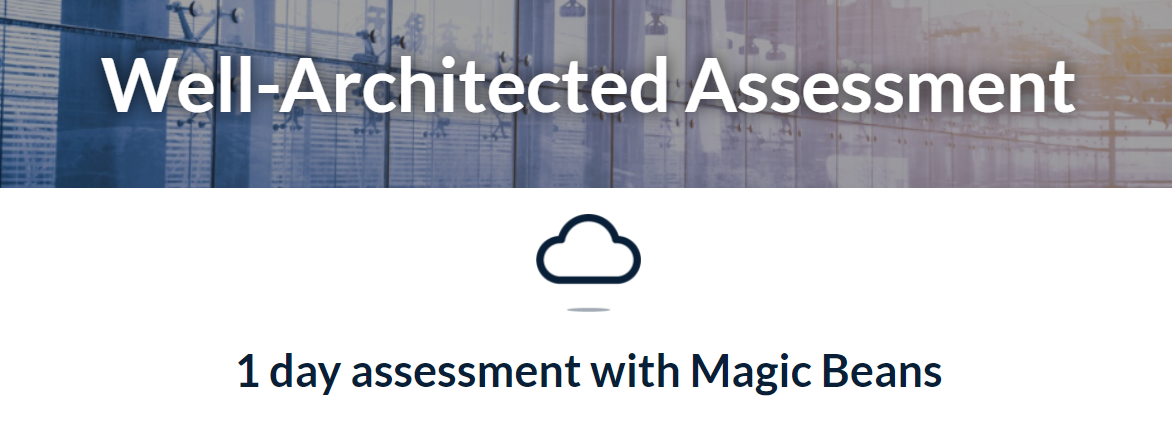
What is the AWS Well-Architected Framework?
The AWS Well-Architected Framework describes key concepts, design principles, and architectural best practices for designing and running workloads in the cloud. It also helps cloud architects build secure, high-performing, resilient, and efficient infrastructure for a variety of applications and workloads. Built around six pillars—operational excellence, security, reliability, performance efficiency, cost optimization, and sustainability—AWS Well-Architected Framework provides a consistent approach for customers and partners to evaluate architectures and implement scalable designs.
Well-Architected Framework Six Pillars

Operational Excellence
The operational excellence pillar focuses on running and monitoring systems, and continually improving processes and procedures. Key topics include automating changes, responding to events, and defining standards to manage daily operations.

Security
The security pillar focuses on protecting information and systems. Key topics include confidentiality and integrity of data, managing user permissions, and establishing controls to detect security events.

Reliability
The reliability pillar focuses on workloads performing their intended functions and how to recover quickly from failure to meet demands. Key topics include distributed system design, recovery planning, and adapting to changing requirements.

Performance Efficiency
The performance efficiency pillar focuses on structured and streamlined allocation of IT and computing resources. Key topics include selecting resource types and sizes optimized for workload requirements, monitoring performance, and maintaining efficiency as business needs evolve.

Cost Optimization
The cost optimization pillar focuses on avoiding unnecessary costs. Key topics include understanding spending over time and controlling fund allocation, selecting resources of the right type and quantity, and scaling to meet business needs without overspending.

Sustainability
The sustainability pillar focuses on minimizing the environmental impacts of running cloud workloads. Key topics include a shared responsibility model for sustainability, understanding impact, and maximizing utilization to minimize required resources and reduce downstream impacts.
Well-Architected Review
The AWS Well-Architected Review is a process designed to help you review the state of your applications and workloads, and it provides a central place for architectural best practices and guidance. The AWS Well-Architected Review uses the AWS Well-Architected Tool which is based on the AWS Well Architected Framework, which was developed to help cloud architects build secure, high-performing, resilient, and efficient application infrastructures. The Framework has been used in tens of thousands of workload reviews by AWS solutions architects, and it provides a consistent approach for evaluating your cloud architecture and implementing designs that will scale with your application needs over time.
Step 1: Define workload
Workloads can be simple, such as a static website, or complex, such as microservices architectures with multiple data stores and many components.
Step 2: Conduct architectural review
Review your workloads against AWS best practices by answering a set of foundational questions.
Step 3: Apply best practices
The AWS Well-Architected Tool delivers a list of issues found in your workloads and step-by-step guidance to make improvements.
Remediation

After finishing the review phase, the client will obtain a report detailing all the issues (high risk & medium risk issues) that were discovered. This report will specify the issues Magic Beans considers top priority to remediate, and an action plan will be presented to the client to solve these issues.
If the client accepts Magic Beans proposal, the remediation phase will start.
Ready to get started?
To learn more about how Magic Beans can help your business with the Well-Architected Framework, contact us at team@magicbeans.pt

© Copyright - | magic beans | All Rights Reserved | Powered by: valkirias



